Authors: Ayegbo Olufemi John,Abas Aliu, Achuenu Anthony and Momodu Mustapha
CITATION: Ayegbo Olufemi John,Abas Aliu, Achuenu Anthony and Momodu Mustapha (2025).An overview of the Internet of Things (ioT) in building smart homes. Frontline Professionals Journal 2(4), 27-30
ABSTRACT
The Internet of Things (IoT) has revolutionised the concept of smart homes by enabling interconnected devices to communicate and collaborate, thereby enhancing convenience, efficiency, and security for residents. In a smart home environment, IoT facilitates the seamless integration of various household appliances and systems, such as lighting, heating, air conditioning, security, and entertainment, allowing for centralized and remote control. This interconnectedness not only automates routine tasks but also optimises energy consumption, leading to potential cost savings. For instance, smart thermostats can learn user preferences and adjust heating or cooling accordingly, while smart lighting systems can reduce energy usage by turning off lights in unoccupied rooms. Moreover, IoT-enabled security systems provide real-time monitoring and alerts, enhancing the safety of the household. Advanced security systems offer real-time monitoring, facial recognition, and activity tracking, allowing homeowners to manage access and receive alerts about unusual activities remotely. Despite these advancements, challenges persist, particularly concerning interoperability among diverse devices and ensuring robust security and privacy measures. Ongoing developments, such as the Matter protocol, aim to address these issues by establishing universal standards for device communication, thereby fostering a more cohesive and secure smart home ecosystem.
Keywords: Internet of Things (IOT), Smart Homes, Sensor, Actuator, artificial intelligence







